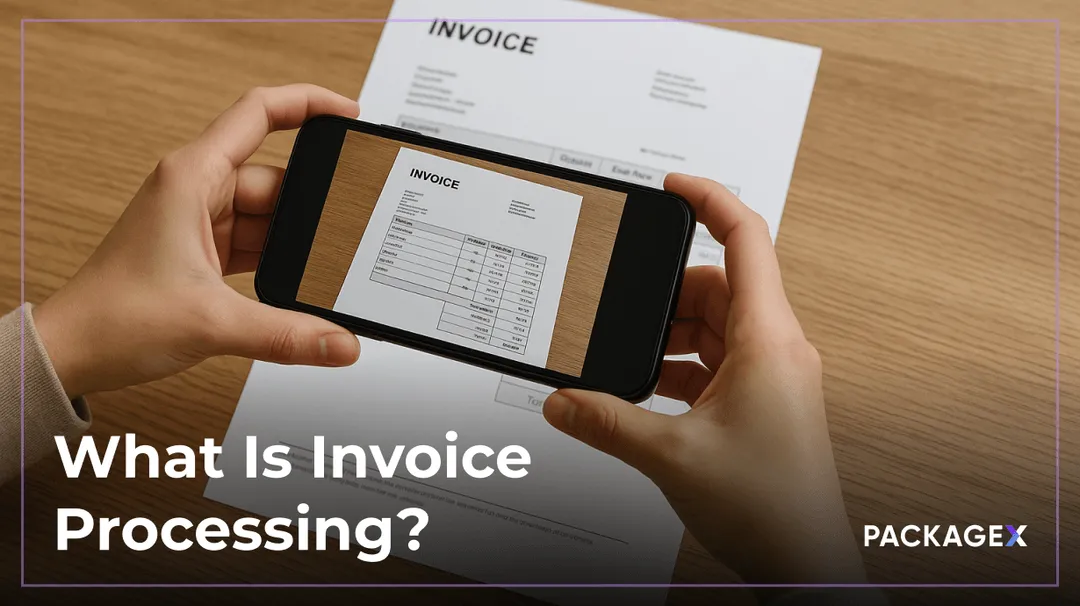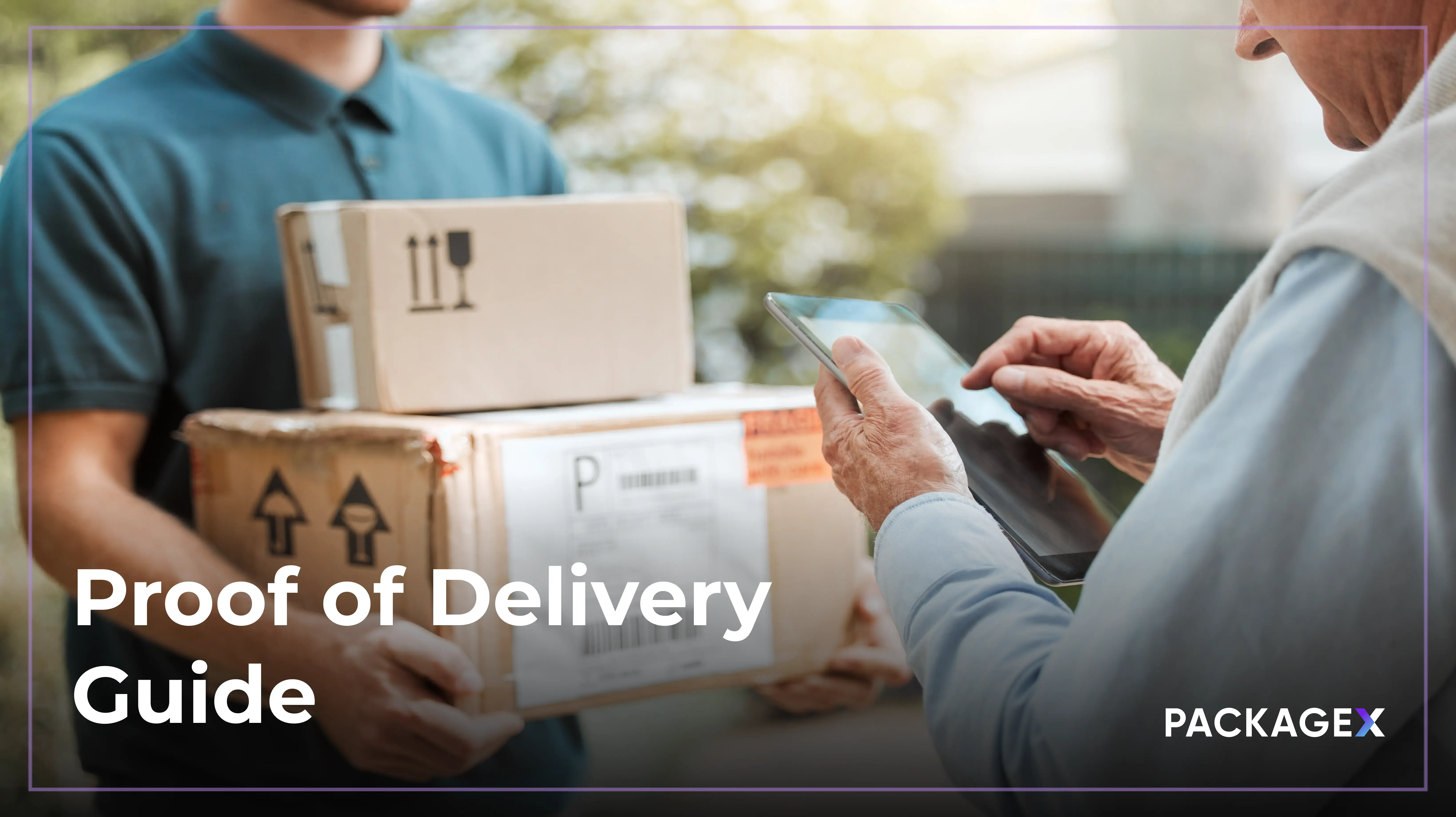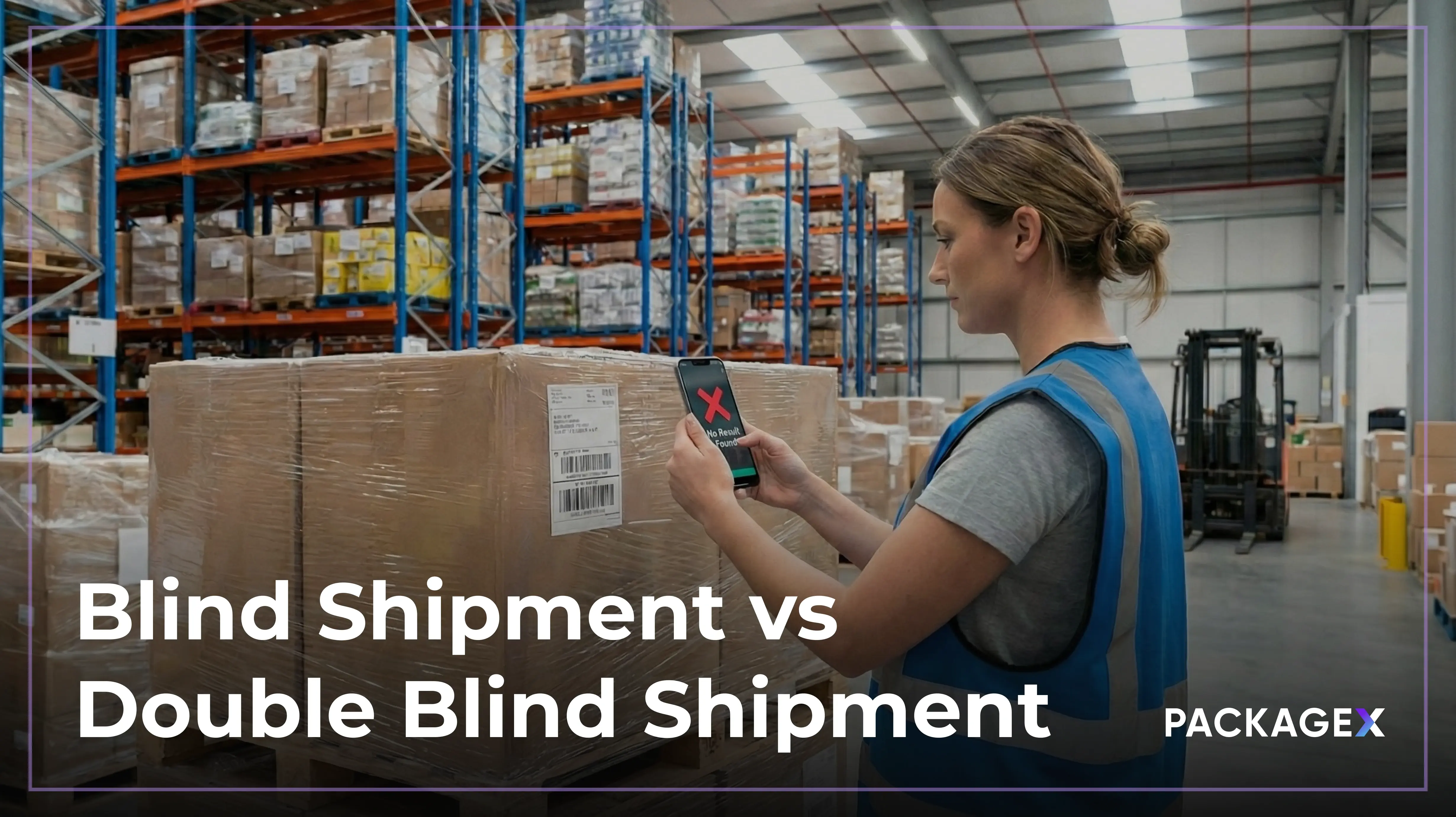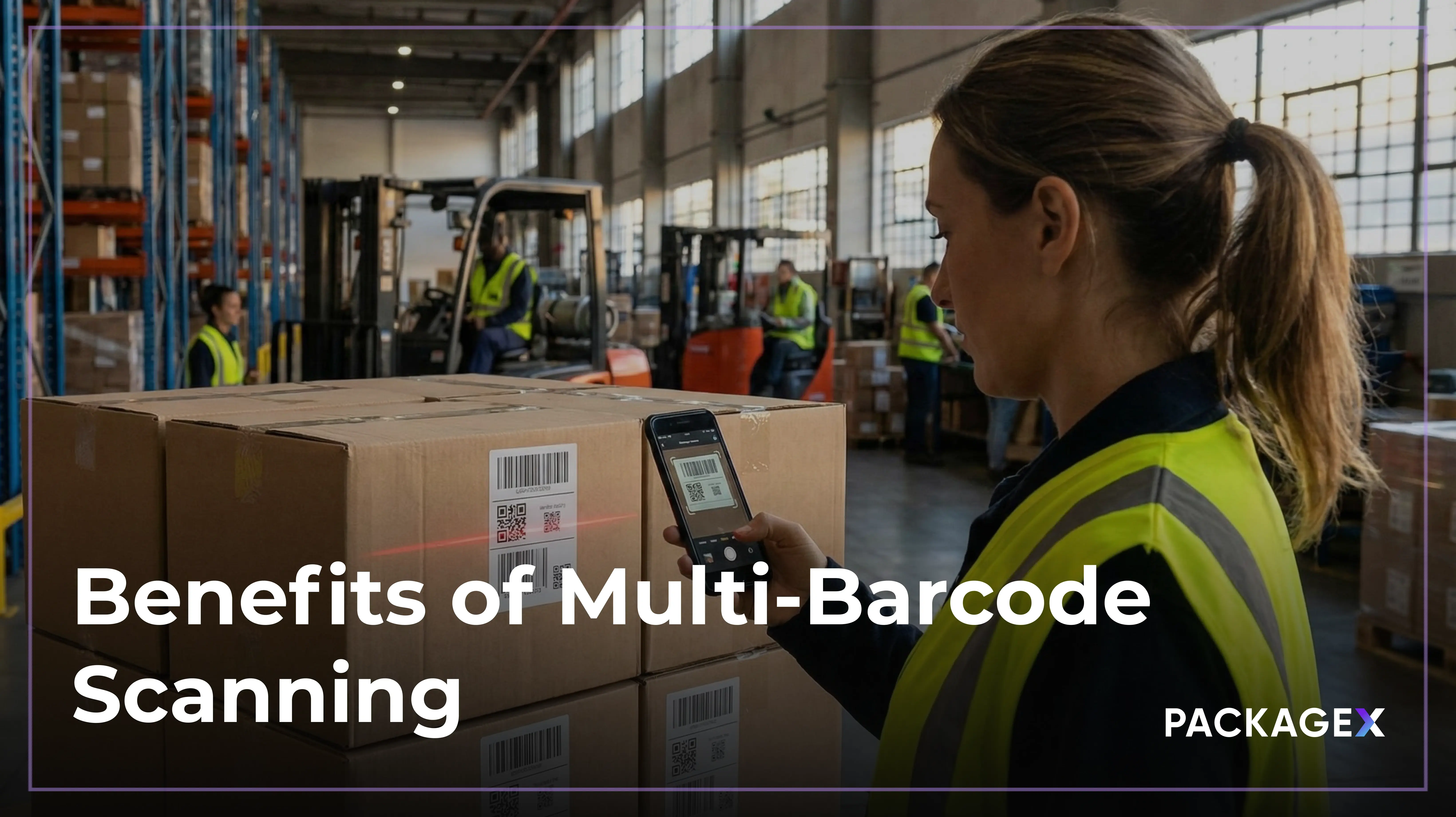Invoice processing is a critical yet often costly function for businesses of all sizes. According to 2025 industry reports, on average, companies spend between $12 and $30 to process a single invoice, often higher when errors, delays, and follow-ups are involved. Now multiply that by hundreds or thousands of invoices each month, and the financial drain becomes hard to ignore.
Manual invoice processing is still common across finance departments. The problem is that it’s slow, expensive, filled with opportunities for mistakes, and a lack of visibility leaves finance leaders with more questions than answers.
The bigger the business, the harder it gets to keep everything on track without automation. AP invoice processing shouldn’t rely on spreadsheets, emails, and manual uploads. The margin for error is too high, and the cost of inefficiency adds up fast.
This is where invoice processing automation enters the conversation. It replaces outdated routines with digital workflows that are faster, more accurate, and easier to audit.
The global invoice processing software market is projected to grow from $25.3 billion in 2025 to $98.4 billion by 2032, reflecting a compound annual growth rate (CAGR) of 18.5%.
If you’ve ever wondered what is invoice processing or why it matters so much for finance teams, this guide breaks it down and shows how the right solution can change everything.
The Traditional Invoice Processing Workflow
Did you know it can take over 17 days to process a single invoice using manual methods?
This is slow and expensive. As invoice volume grows, so do the costs.
Here’s what the process of invoicing typically looks like in most organizations:
It starts with receiving invoices. Either through paper mail or email. From there, someone manually enters the invoice data into the system. After that, it gets routed for approval, which can stall if stakeholders are unavailable. Once approved, the invoice moves to payment and eventually gets archived.
At each step, there's a possibility for delays, errors, or lost documents. What is the invoice process if not repetitive and manual?
For growing teams, the pain only increases. More vendors. More invoices. More chances for late payments or compliance issues.
This is what invoice processing in accounts payable looks like without automation. It’s the invoicing process many teams still rely on, but it’s no longer built for the speed of modern business.
What Is AP Invoice Processing?
AP invoice processing is the method used by accounts payable teams to receive, verify, approve, and pay supplier invoices. It ensures that each invoice is matched with purchase orders and delivery receipts before payment is issued. This process helps prevent errors, delays, and duplicate payments.
AP invoice processing is a core part of what is invoice processing in P2P systems, where every step, from procurement to payment is tracked for accuracy and control.
It improves cash flow, strengthens supplier relationships, and reduces manual workload across finance operations when managed efficiently.
What Is Automated Invoice Processing?
Automated invoice processing is the use of software to capture, route, and approve invoices without manual data entry. It replaces repetitive tasks with digital workflows. That helps accounts payable teams reduce errors, speed up approvals, and lower processing costs.
This type of accounts payable automation helps reduce manual entry time by up to 80%. It also shortens cycle times by 81% and lowers the cost of processing from around $15 to just $3 per invoice, based on data from Ardent Partners.
Modern systems use optical character recognition (OCR) to scan and extract data with up to 99% accuracy. They support various file types and help move away from paper-based workflows.
For mid-sized and enterprise-level businesses, this method improves speed, reduces errors, and strengthens invoice tracking.
AI and OCR in Invoice Processing
AI and OCR are changing how invoice processing works for high-volume teams. These tools can read scanned or emailed invoices and pull out key data, like vendor names, dates, and numbers, without human input. That means no more typing line items by hand.
AI invoice processing software goes further. It learns over time, spotting patterns and flagging errors. OCR invoice processing helps with document accuracy and cuts processing time by up to 90%.
This matters for growing teams dealing with thousands of monthly invoices. Manual checks slow everything down. With the right setup, AI matches invoices to purchase orders and receipts automatically.
For high-volume invoice processing, the benefits are clear:
- Fewer delays.
- Better data.
- Faster approvals.
Businesses that automate this step often reduce invoice exceptions by over 37%. That’s time and money saved with every batch.
3-Way Matching & Tolerance Limits Explained
3-way match is a key control in invoice processing. It compares three documents:
- The invoice.
- The purchase order (PO)
- The goods receipt.
The goal is to catch discrepancies before payment is made.
For example, if a PO approves 100 units at $10 each, but the invoice shows 110 units or a higher rate, the system flags it. This prevents overpayments and fraud.
To avoid slowing down payments for minor differences, companies apply tolerance limits. These are small pre-approved thresholds like a 2% price variance or a $10 line-item difference, that don’t need manual review.
According to the Institute of Finance & Management, 63% of organizations use 3-way matching as part of their PO invoice processing. It helps maintain accuracy and speeds up approvals.
Understanding what is 3-way match in invoice processing and what is a tolerance limit with respect to invoice processing is key to building trust with suppliers and improving cash flow.
What Is the Cost of Processing an Invoice?
Processing an invoice manually can cost between $15 and $40 per invoice, depending on factors like labour, time, and error rates.
Beyond the direct costs, manual processing often leads to hidden expenses such as errors, late payments, and missed discounts. Which can further inflate the total cost. By utilizing an invoice management system, businesses can improve efficiency and accuracy.
For companies evaluating their accounts payable processes, understanding what is the cost of processing an invoice is crucial. Investing in automation can lead to substantial savings and better financial management. The numbers speak for themselves.
E-Invoicing vs. EDI Invoice Processing
Electronic invoice processing has become a common tool for improving accounts payable workflows. However, not every digital invoice is the same. The two main formats are:
- E-invoicing
- EDI invoice processing
E-invoicing typically uses PDFs or XML files. These are shared through email or portals and then read using OCR or AI tools. This format suits SMBs and companies that work with a range of smaller vendors. It's simple to set up and works well in less structured environments.
EDI (Electronic Data Interchange) works differently. It follows strict file formats and connects directly with ERP systems. Large enterprises prefer EDI because it allows direct system-to-system communication, reducing manual input and delays.
In 2023, businesses using EDI reported a 75% drop in invoice cycle time compared to those using paper or emailed PDFs. EDI also helps meet global tax and compliance standards, especially when working with international suppliers.
Choosing the right format depends on invoice volume, partner capabilities, and the systems in place.
Invoice-to-Cash Process Overview
The invoice-to-cash process covers every step from sending an invoice to receiving payment. It starts when a company issues an invoice and ends when the cash lands in the account.
Each delay in this cycle can create cash flow gaps. Late payments affect forecasting and make collections harder. A smoother invoice process can reduce delays, improve working capital, and keep customer relationships healthy.
Firms that shorten their invoice-to-cash cycle see faster collections and fewer disputes. According to Ardent Partners, 57% of AP teams report delayed payments due to processing issues. Fixing this matters.
Choosing the Right Invoice Processing Software
Selecting the appropriate invoice processing software is crucial for businesses aiming to enhance efficiency and reduce costs. Manual invoice processing can cost between $12 to $30 per invoice, while automated solutions can reduce this to approximately $3 to $5.
Key features to consider include AI-powered OCR for accurate data extraction, real-time dashboards for monitoring, seamless ERP integrations, and mobile-friendly workflows. These functionalities help streamline operations, minimize errors, and expedite approval processes.
For instance, A property management company significantly improved mailroom efficiency by using PackageX’s OCR-powered solution. They reduced processing time from 7 minutes to seconds per package. While achieving a 38% increase in same-day pickups, and virtually eliminating lost packages.
Modernize Your Invoice Process with PackageX
Companies using PackageX process invoices 4x faster and cut processing costs by up to 85%.
Our platform uses AI and OCR to capture data with over 99% accuracy, reducing manual effort and eliminating approval delays. No more lost invoices. No more chasing signatures.
With real-time dashboards, ERP integrations, and mobile workflows, PackageX gives finance teams complete control over invoice processing, from capture to payment.
Whether you're handling hundreds or thousands of invoices a month, we help you streamline operations and scale with confidence.
Transform the way you manage invoices with PackageX!
FAQs
What is invoice processing in accounts payable?
The process of invoice handling within the accounts payable domain entails both receiving and verifying, obtaining approval, and then paying invoices.
What is a PO and a non-PO invoice?
A PO invoice is tied to a purchase order, validating pre-approved terms. A non-PO invoice lacks a PO and is often used for one-off or indirect purchases.
What is the P2P process?
The Procure-to-Pay (P2P) process covers the full cycle from purchasing goods/services to vendor payment, streamlining procurement and accounts payable operations.




